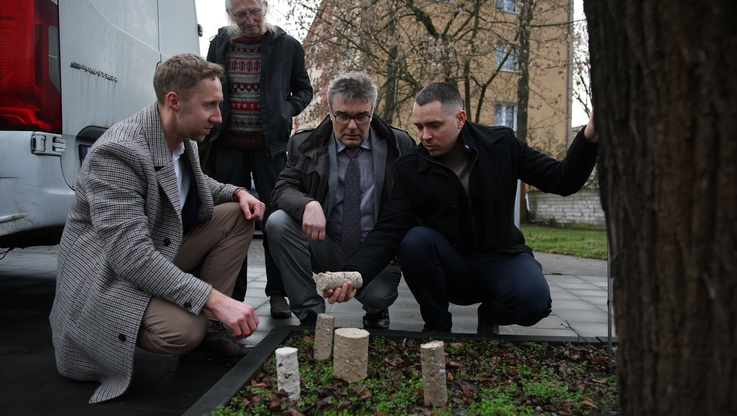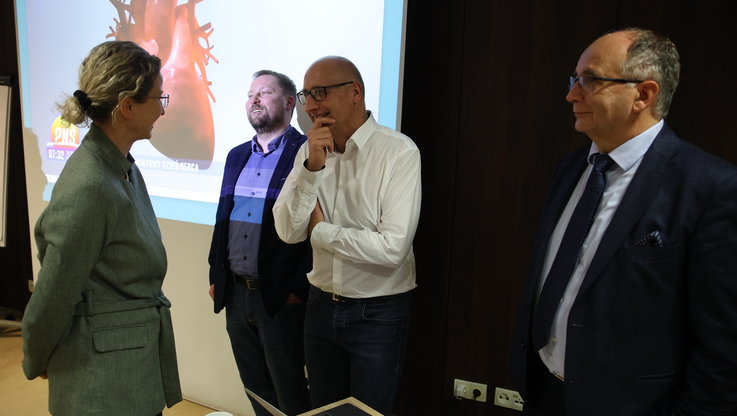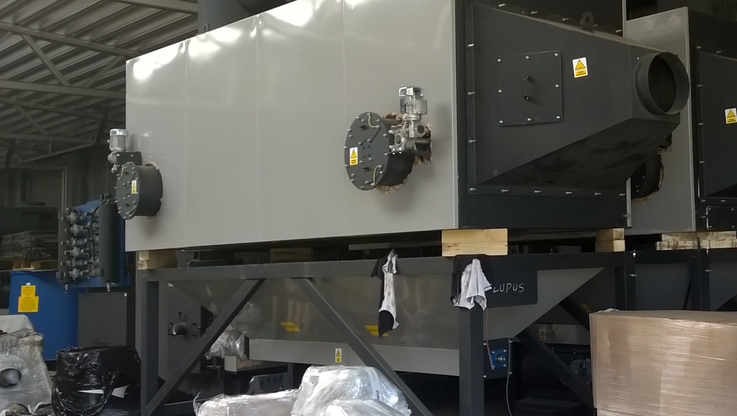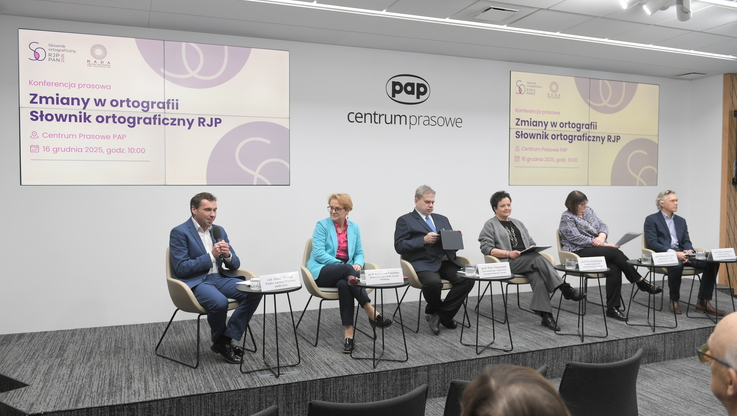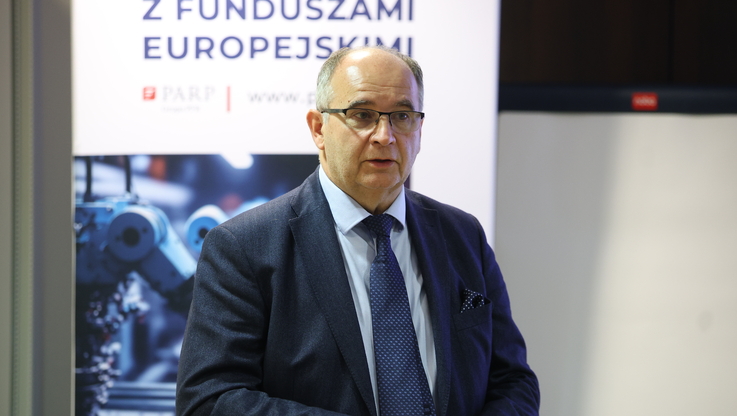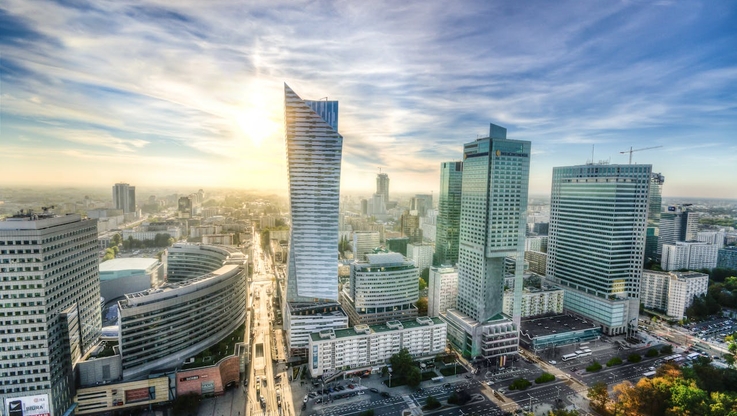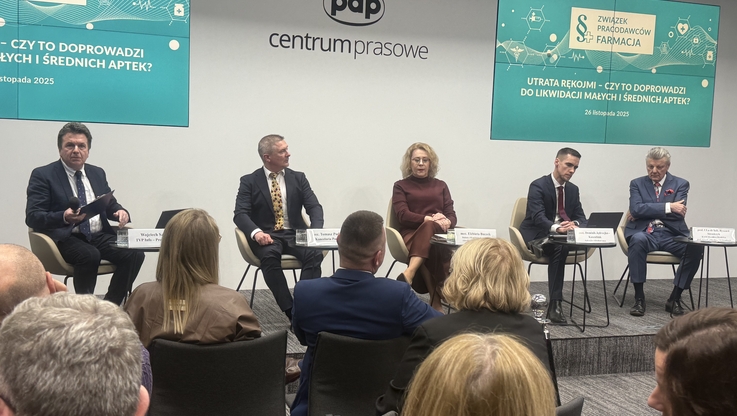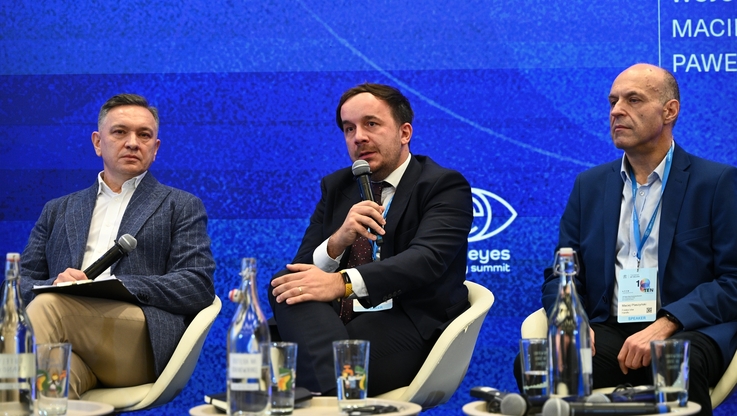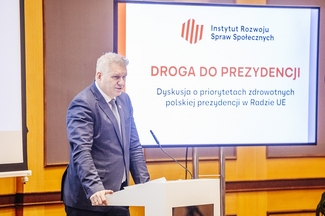Pobierz materiał i Publikuj za darmo
- Infineon sets ambitious scope 3 target to further reduce emissions along the supply chain.
- Active work with over one hundred suppliers to further reduce emissions.
Munich, Germany - 15 May 2025 - Infineon Technologies AG (FSE: IFX / OTCQX: IFNNY) has reached another milestone in its decarbonization efforts: The Science Based Targets initiative (SBTi) has approved the company's ambitious greenhouse gas emission reduction targets. The approval spans the company's own emissions (scope 1 and 2) as well as emissions along the supply chain (scope 3). The scope 1 and 2 goals are in line with the Paris Agreement to limit global temperature increase to 1.5° Celsius, meeting the most ambitious SBTi category for near-term CO2 reduction targets. In addition, Infineon has now set itself an official scope 3 target addressing the supply chain. Collaboration with suppliers is a fundamental part of Infineon's sustainability strategy; the Infineon procurement team is already actively working together with over a hundred suppliers on solutions that reduce CO2 emissions.
"The validation of our decarbonization targets by the Science Based Targets initiative is an important milestone in Infineon's sustainability efforts. It underscores our commitment to reducing greenhouse gas emissions along our entire value chain," said Elke Reichart, member of the Management Board and Chief Digital and Sustainability Officer at Infineon. "Climate change and its consequences remain one of the biggest threats facing society and need our continued action. A dedicated scope 3 target underlines our commitment to drive decarbonization even further."
Specifically, Infineon has made a commitment to SBTi to reduce absolute scope 1 and 2 greenhouse gas emissions by 72.5 percent by 2030 compared to the base year 2019. Scope 1 and 2 targets refer to the company's direct operations. Moreover, Infineon has now included a scope 3 emission target commitment: 72.5 percent of its suppliers measured by emissions related to purchased goods and services, capital goods and upstream transportation and distribution will have a science-based target by 2029.
In addition to the certified science-based targets, Infineon remains committed to its 2030 CO2 neutrality goal (scope 1, 2) as formulated by the company in 2020. The reduction of CO2 emissions is still a priority for Infineon. Voluntary abatement of greenhouse gas emissions, energy efficiency measures as well as green electricity are key levers for the company to reduce its CO2 footprint.
The Science Based Targets initiative (SBTi) is a partnership between the Carbon Disclosure Project (CDP), the United Nations Global Compact, World Resources Institute (WRI) and the World Wide Fund for Nature (WWF). SBTi provides a clearly defined pathway for companies to reduce greenhouse gas emissions. Targets are considered 'science-based' when they are in line with the latest climate science in order to meet the goals of the Paris Agreement: limiting global warming to below 2° Celsius, ideally to below 1.5°C above pre-industrial levels.
Picture is available at AP
About Infineon
Infineon Technologies AG is a global semiconductor leader in power systems and IoT. Infineon drives decarbonization and digitalization with its products and solutions. The Company had around 58,060 employees worldwide (end of September 2024) and generated revenue of about €15 billion in the 2024 fiscal year (ending 30 September). Infineon is listed on the Frankfurt Stock Exchange (ticker symbol: IFX) and in the USA on the OTCQX International over-the-counter market (ticker symbol: IFNNY).
Further information is available at www.infineon.com
This press release is available online at www.infineon.com/press
Follow us: X - Facebook - LinkedIn
Source: Infineon Technologies AG
Source: APA-OTS
Pobierz materiał i Publikuj za darmo
bezpośredni link do materiału
| Data publikacji | 15.05.2025, 17:00 |
| Źródło informacji | APA-OTS |
| Zastrzeżenie | Za materiał opublikowany w serwisie PAP MediaRoom odpowiedzialność ponosi – z zastrzeżeniem postanowień art. 42 ust. 2 ustawy prawo prasowe – jego nadawca, wskazany każdorazowo jako „źródło informacji”. Informacje podpisane źródłem „PAP MediaRoom” są opracowywane przez dziennikarzy PAP we współpracy z firmami lub instytucjami – w ramach umów na obsługę medialną. Wszystkie materiały opublikowane w serwisie PAP MediaRoom mogą być bezpłatnie wykorzystywane przez media. |
